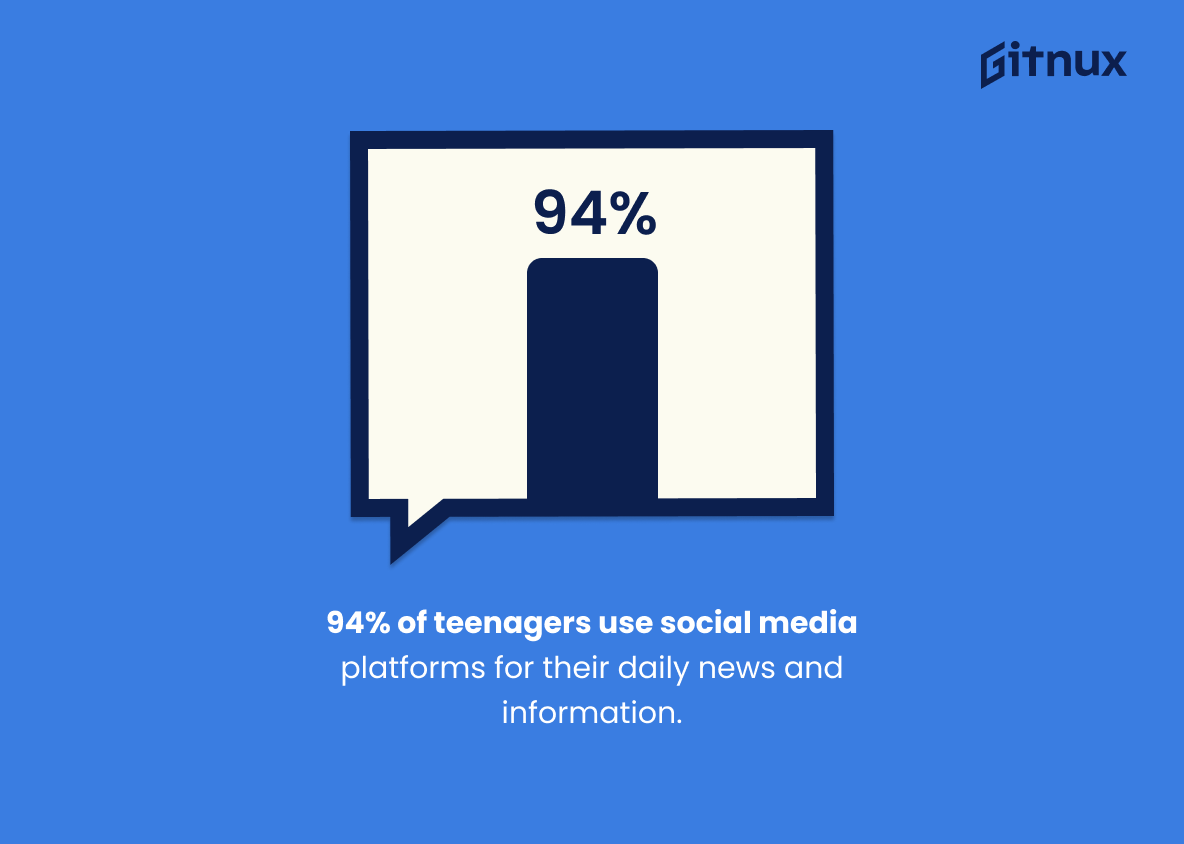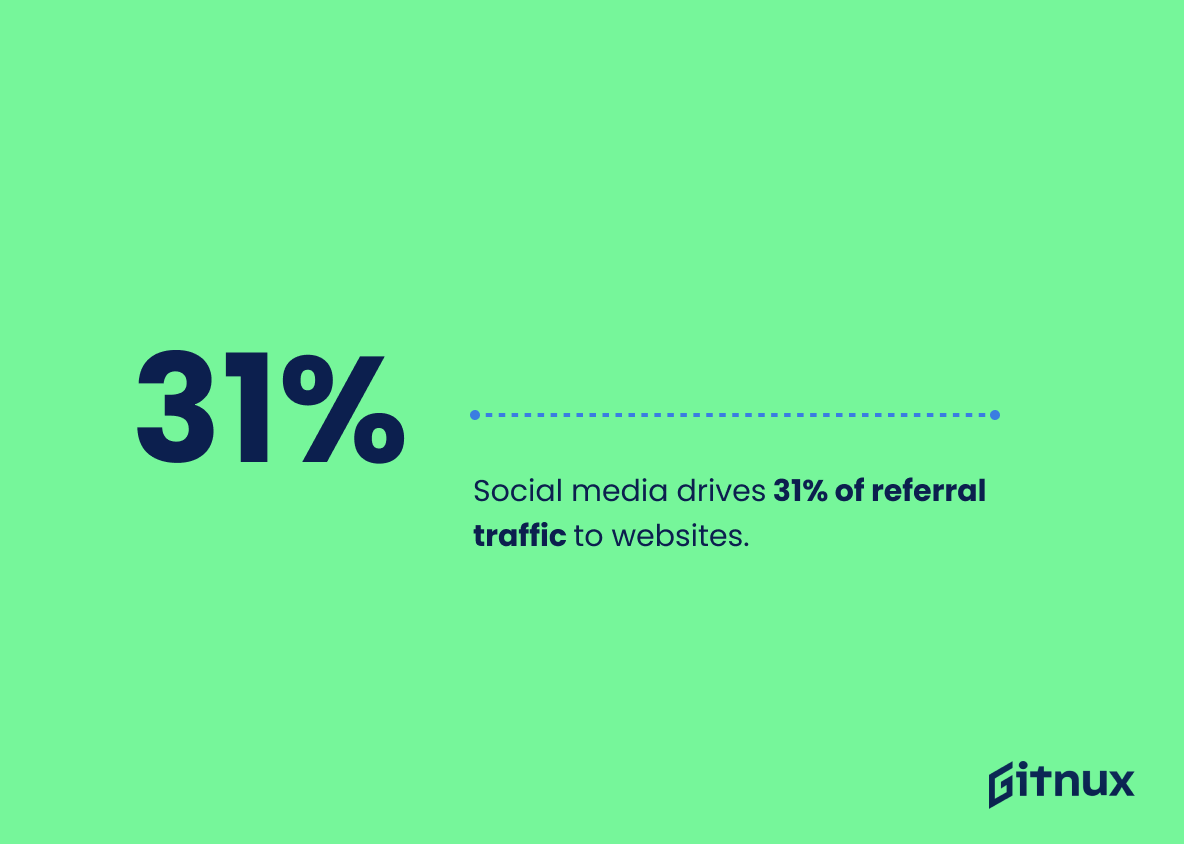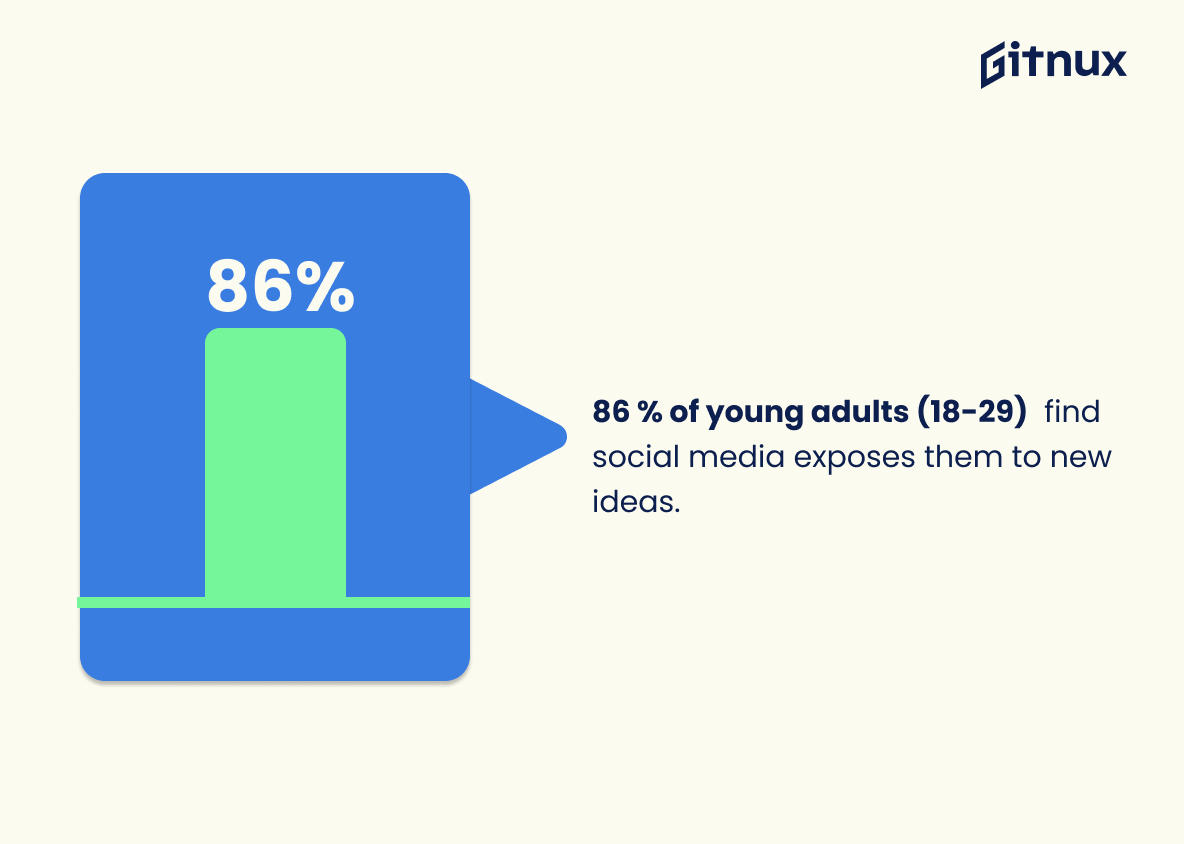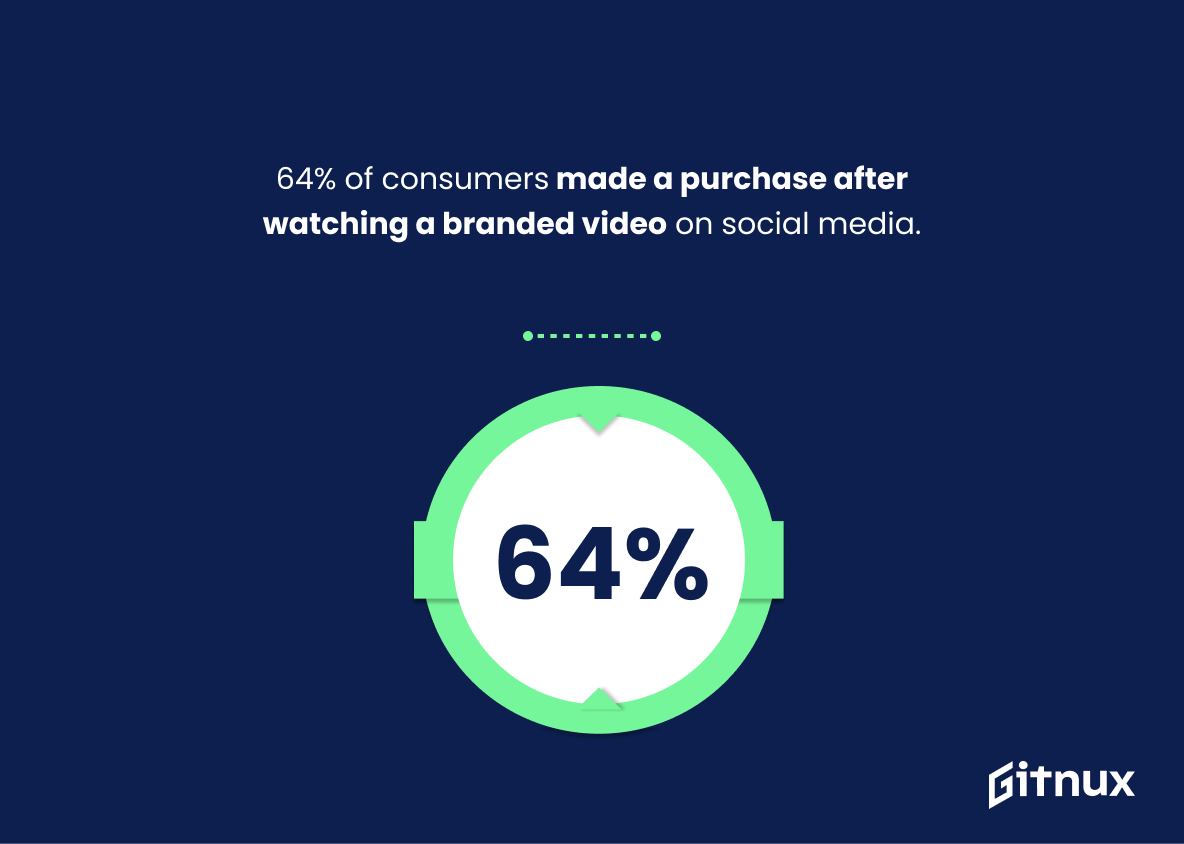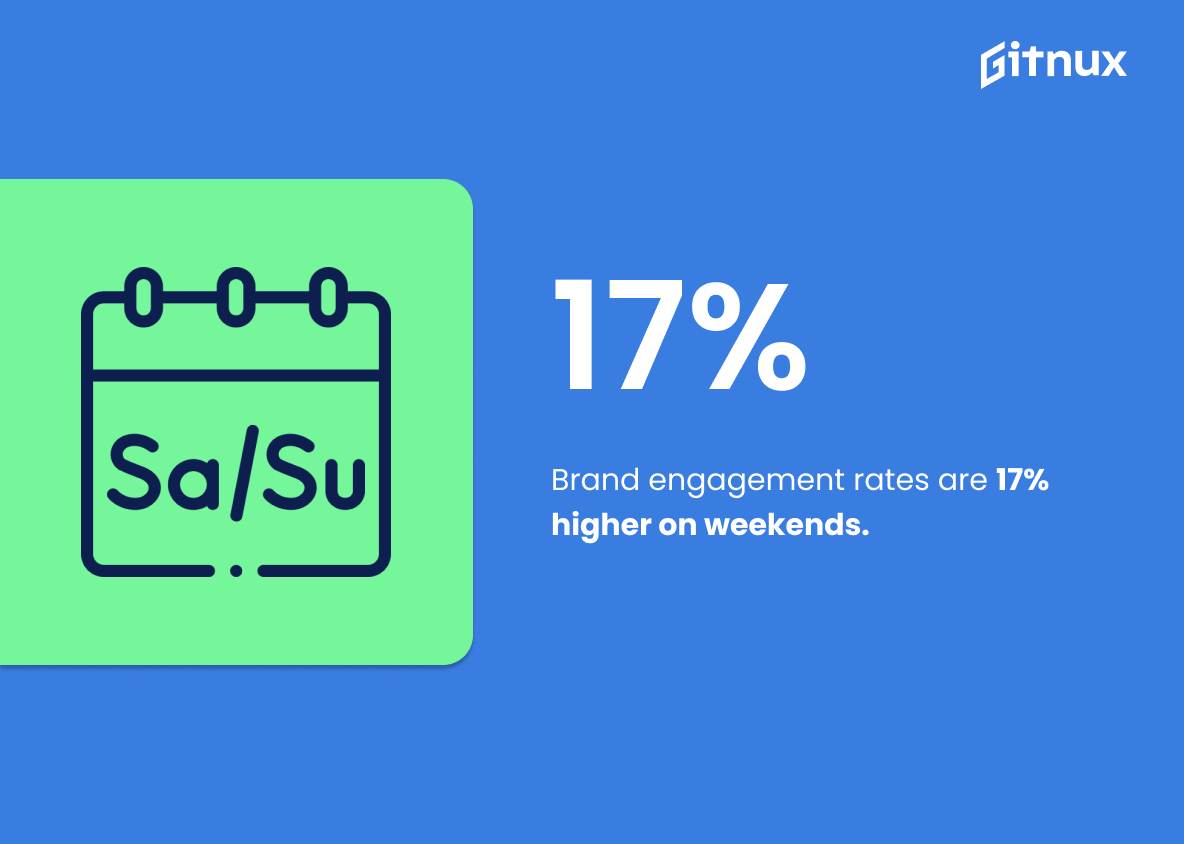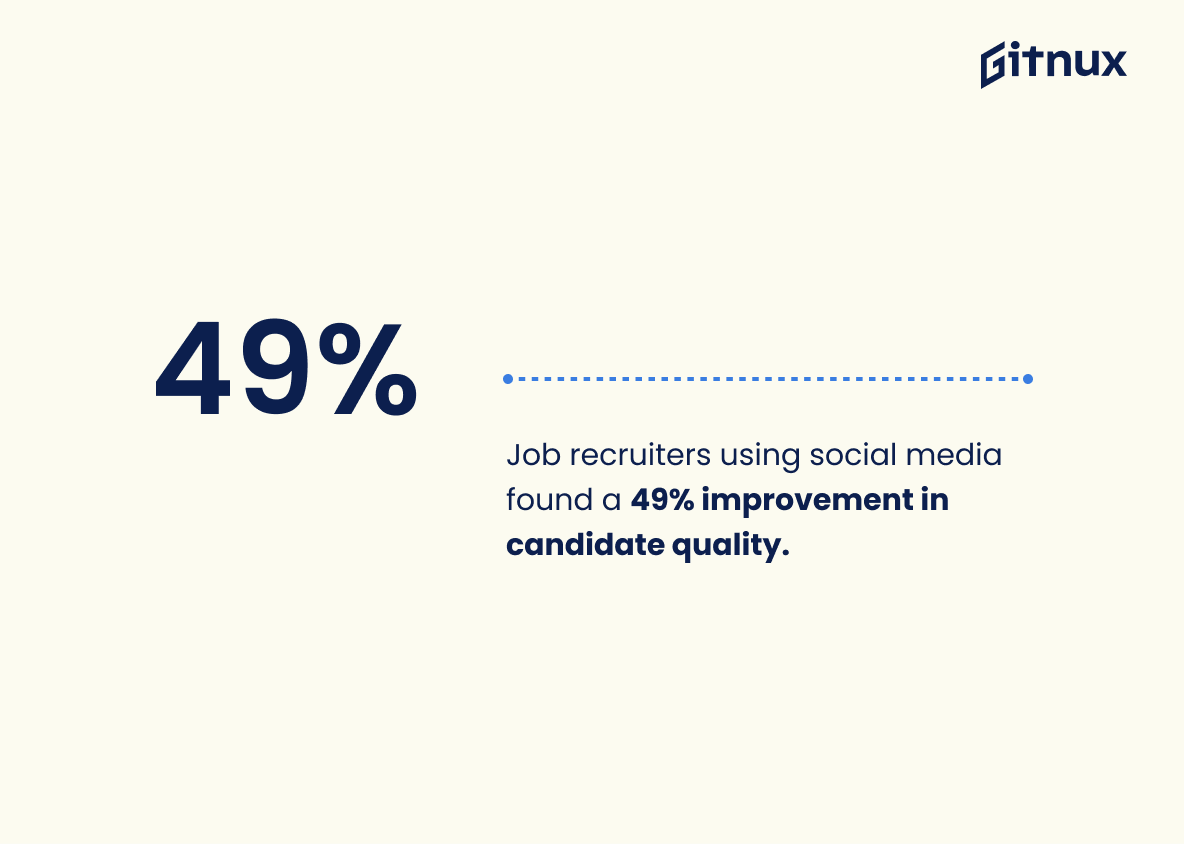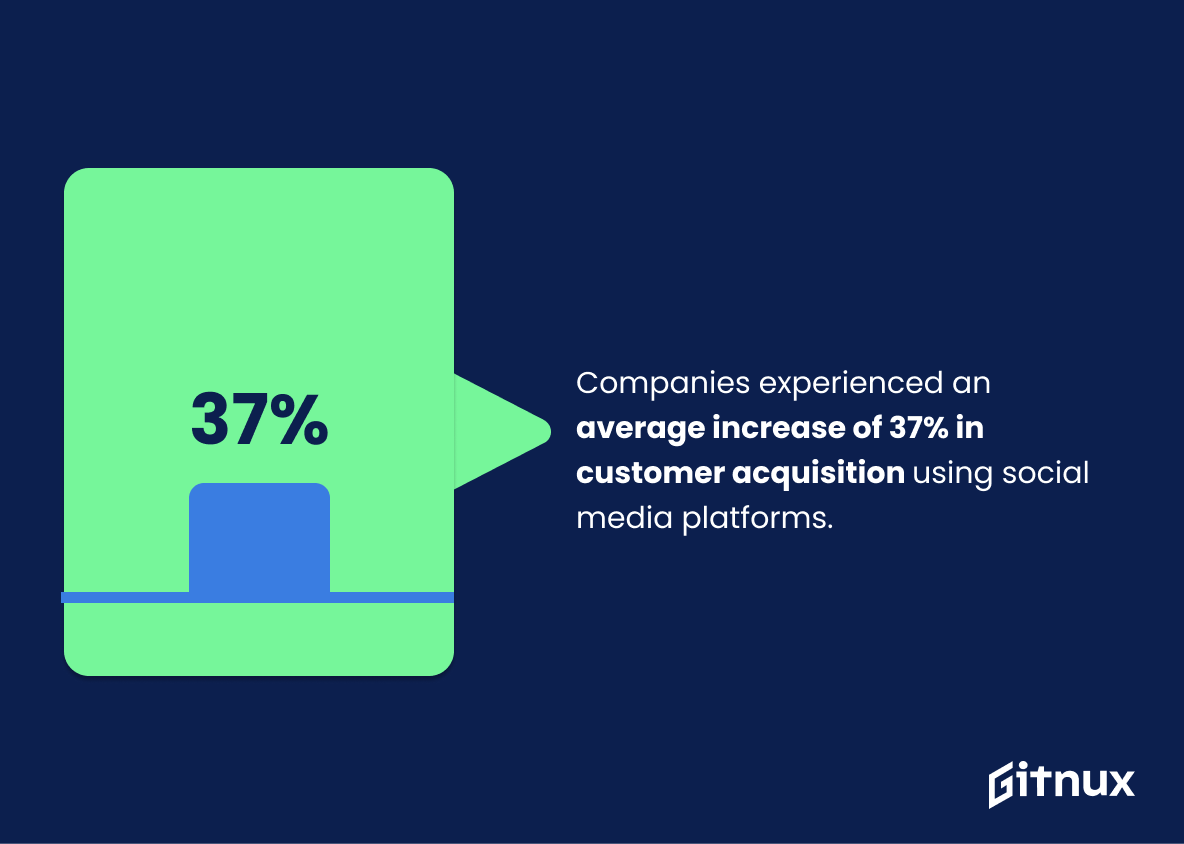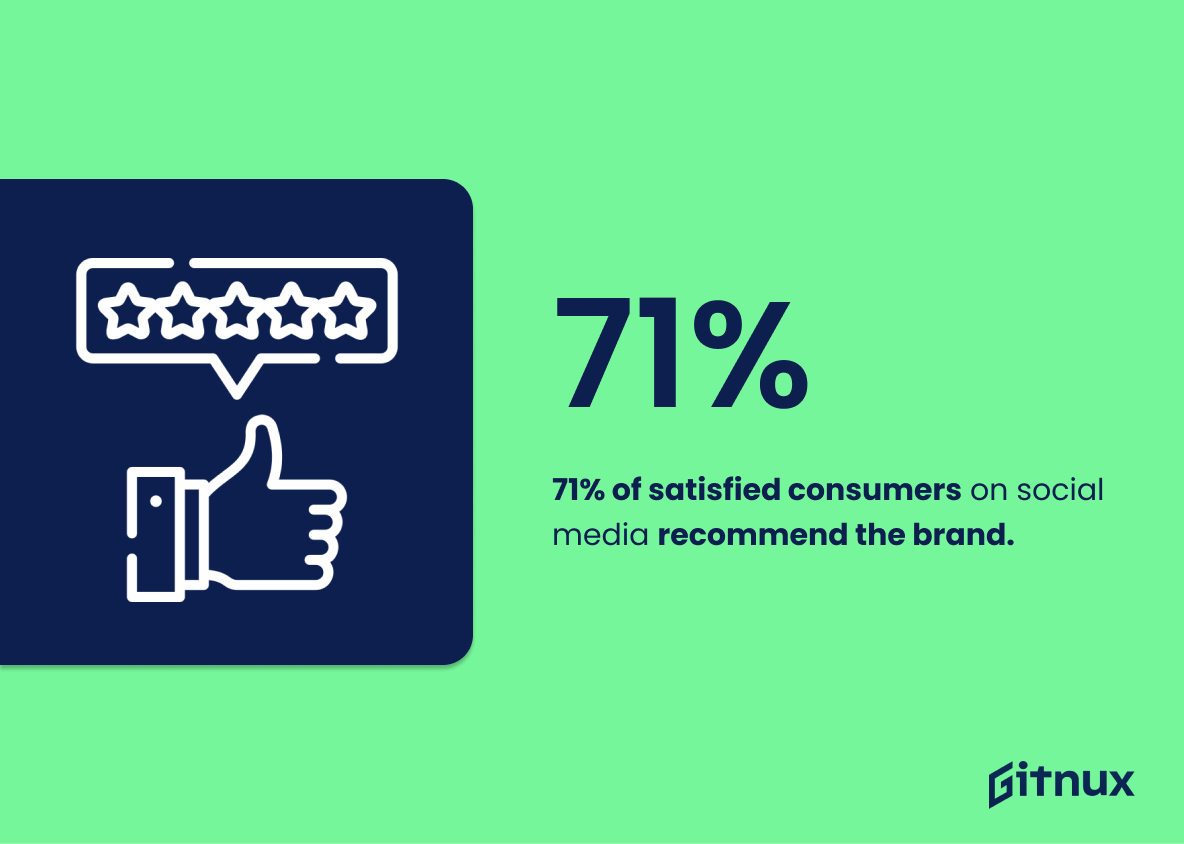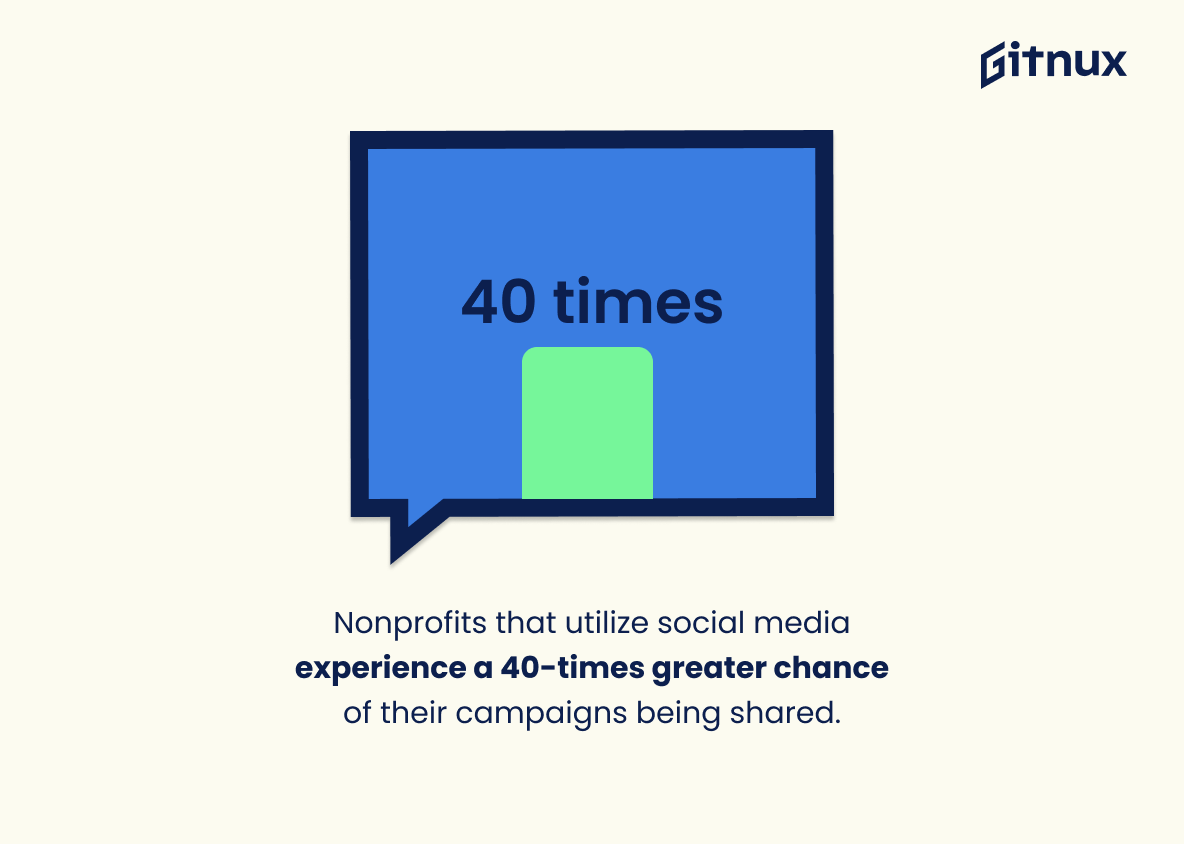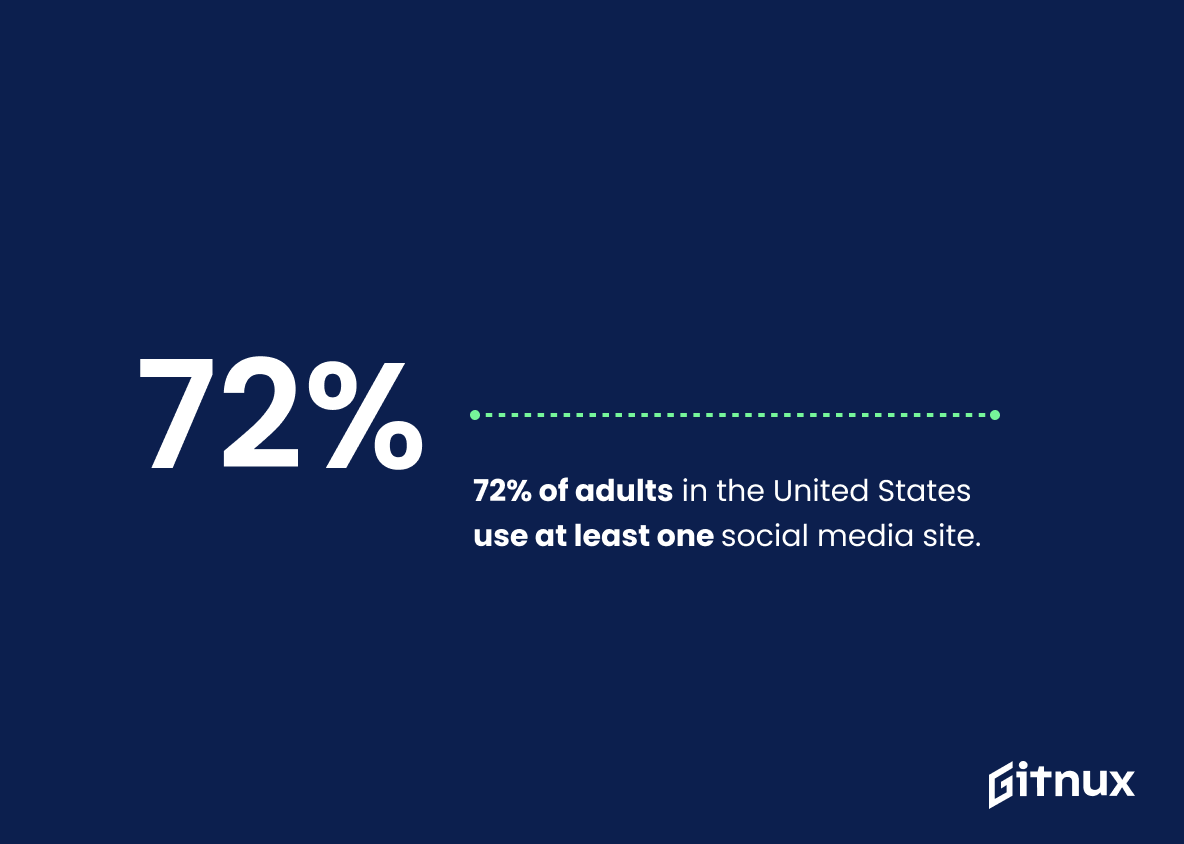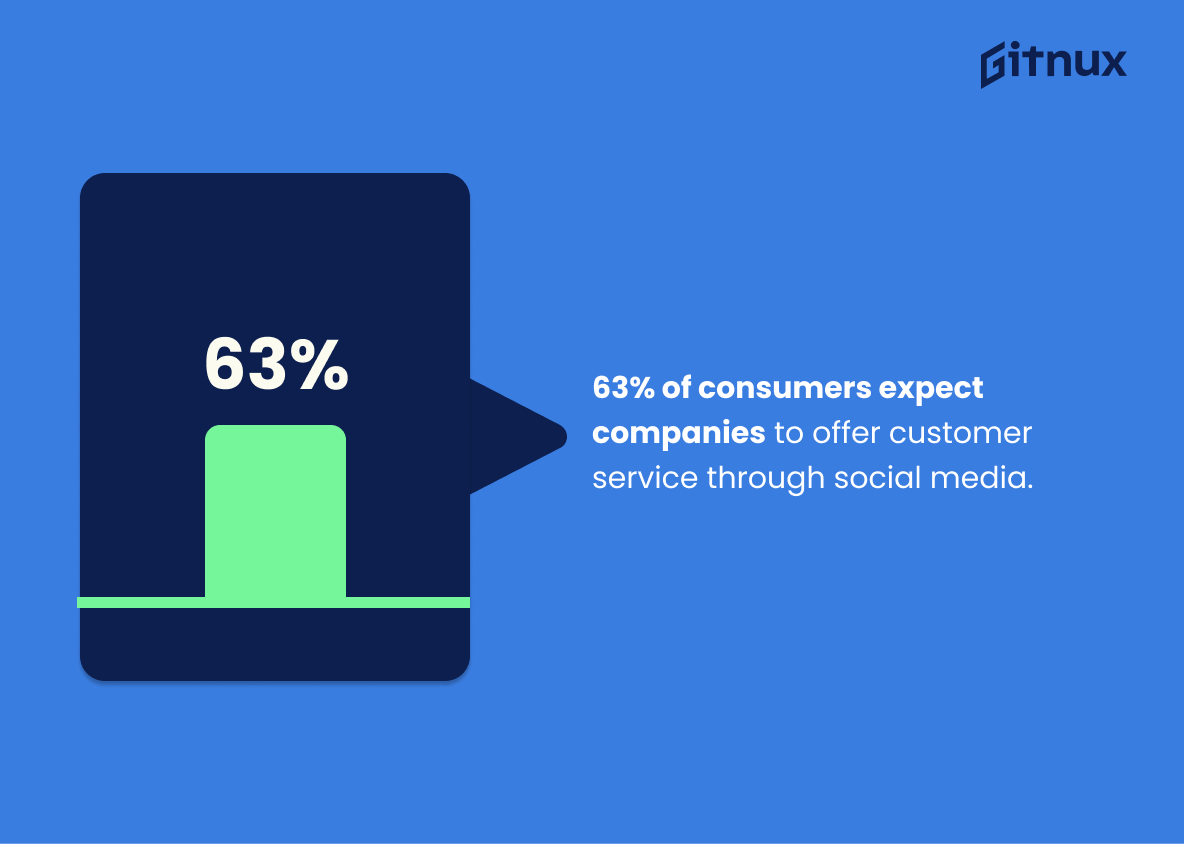Social media has an undeniable impact on businesses. Retail brands and small to medium-sized businesses are leveraging social media channels for marketing purposes more than ever. According to statistics, 91% of retail brands and 81% of small and medium-sized businesses use two or more social media channels to drive growth.
Research reveals that social media has a 100% higher lead-to-close rate compared to outbound tactics like cold calling or direct mail campaigns. It also shows that 50% of internet users aged 55–64 engage with others through social media, while 94% of teenagers rely on it for daily news and information.
Moreover, 70% of companies gain new customers through their digital presence, and 31% receive referral traffic solely from social media sites. Additionally, young adults (ages 18–29) have been exposed to new ideas through social networks (86%), and 64% made purchases after watching branded videos. Marketers report increased brand exposure (89%), higher engagement rates on weekends (17%), and a 250% rise in customer service interactions. Recruiters have seen a 49% improvement in candidate quality, and 37% increase in customer acquisition when effectively utilizing social media.
Furthermore, 95% of online adults follow at least one brand on social networking sites, and 90% of nonprofits have experienced improved branding presence through them. Additionally, 71% of consumers recommend products/services if they have a good experience with a company’s social media page. Promoting campaigns organically on social media has a 40 times greater chance of success compared to other methods. Lastly, 72% of US citizens actively engage with various social media accounts, and 63% expect companies to offer services on these platforms as well.
In conclusion, social media’s impact on businesses is evident from the statistics provided. Let’s now take a closer look at the most important statistics about social media.
Positive Effects Of Social Media Statistics Overview
50% of internet users aged 55-64 have engaged with others through social media.
This statistic is a testament to the fact that social media has become an integral part of the lives of people aged 55-64. It shows that even those who are considered to be in the later stages of life are actively engaging with others through social media, which is a testament to the power of social media to bring people together and create meaningful connections.
94% of teenagers use social media platforms for their daily news and information.
This statistic is a powerful indicator of the impact social media has had on the way teenagers consume news and information. It demonstrates that social media has become an integral part of the lives of teenagers, and that it is a major source of news and information for them. This statistic is important to consider when discussing the positive effects of social media, as it shows that it has become an important part of the lives of teenagers and has had a significant impact on the way they consume news and information.
Social media drives 31% of referral traffic to websites.
This statistic is a powerful testament to the power of social media as a tool for driving website traffic. It shows that social media is an invaluable resource for businesses and organizations looking to increase their online presence and reach a wider audience. This statistic is a great example of the positive effects of social media, and it can be used to demonstrate the potential of social media as a marketing tool.
Young adults (ages 18-29) are the most likely to say that social media exposes them to new ideas and viewpoints (86%).
This statistic is a testament to the power of social media to open up young adults to new ideas and perspectives. It shows that social media can be a valuable tool for expanding one’s worldview and gaining exposure to different points of view. This is an important point to consider when discussing the positive effects of social media, as it demonstrates the potential for social media to be a force for good in the lives of young adults.
64% of consumers made a purchase after watching a branded video on social media.
This statistic is a testament to the power of social media in influencing consumer behavior. It shows that when brands create engaging videos and post them on social media, they can effectively reach their target audience and drive them to make a purchase. This highlights the potential of social media as a powerful marketing tool, and is an important statistic to consider when discussing the positive effects of social media.
Brand engagement rates are 17% higher on weekends.
This statistic is a testament to the power of social media on weekends, when people are more likely to be engaging with brands. It highlights the potential for businesses to reach a larger audience and increase their visibility on social media platforms during this time. This could be a great opportunity for businesses to capitalize on the increased engagement rates and reach more potential customers.
Customer service interactions on social media have increased 250%.
This statistic is a testament to the power of social media as a customer service platform. It shows that customers are increasingly turning to social media to get their questions answered and their issues resolved. This is a clear indication that social media is becoming an increasingly important tool for businesses to provide customer service, and that customers are responding positively to this shift.
Job recruiters using social media found a 49% improvement in candidate quality.
This statistic is a testament to the power of social media in the recruitment process. It shows that by leveraging the reach and potential of social media, job recruiters can find better quality candidates. This is a great example of how social media can be used to improve the quality of the hiring process and make it more efficient.
Companies experienced an average increase of 37% in customer acquisition using social media platforms.
This statistic is a testament to the power of social media in helping companies acquire customers. It shows that businesses can leverage the reach and engagement of social media to significantly increase their customer base. This is an important statistic to consider when discussing the positive effects of social media, as it demonstrates the tangible benefits that businesses can gain from using these platforms.
Online adults aged 18-34 are most likely to follow a brand via social networking (95%).
This statistic is a powerful reminder of the immense influence social media has on young adults. It demonstrates that social networking is an effective way for brands to reach out to their target audience and build relationships with them. This is especially important in today’s digital age, where social media is a key platform for marketing and communication.
71% of consumers who have had a good social media service experience with a brand are likely to recommend it to others.
This statistic is a powerful testament to the power of social media in creating positive experiences for customers. It shows that when customers have a good experience with a brand on social media, they are more likely to spread the word and recommend it to others. This highlights the importance of providing excellent customer service on social media, as it can have a significant impact on the success of a brand.
Nonprofits that utilize social media experience a 40-times greater chance of their campaigns being shared.
This statistic is a powerful testament to the power of social media in amplifying the reach of nonprofit campaigns. It demonstrates that when nonprofits leverage social media, they have a much greater chance of their message being seen and shared by a much larger audience. This can be a game-changer for nonprofits, as it can help them to spread their message and reach more people, ultimately leading to more donations and support.
72% of adults in the United States use at least one social media site.
This statistic is a powerful indicator of the prevalence of social media in the lives of adults in the United States. It demonstrates that the majority of adults are engaging with social media, and thus highlights the potential for positive effects of social media usage.
63% of consumers expect companies to offer customer service through social media.
This statistic is a testament to the power of social media as a customer service platform. It shows that the majority of consumers recognize the value of social media in providing quick and efficient customer service. This highlights the potential of social media to improve customer satisfaction and loyalty, which can have a positive effect on a company’s bottom line.
Conclusion
From these statistics, it is clear that social media has a wide range of positive effects. It can be used by retail brands and small businesses to increase their growth, as well as providing an effective platform for customer service interactions and job recruitment.
Social media also provides users with access to new ideas and viewpoints, while increasing brand exposure and driving referral traffic to websites. Furthermore, consumers are more likely to make purchases after watching branded videos on social media platforms or following companies through them. Finally, nonprofits have seen great success in utilizing social media for campaigns, which often leads to increased sharing of those campaigns among the public.
All this evidence shows how powerful a tool social media can be when utilized correctly – making it an invaluable asset for any business or organization looking to grow its reach online.
References
0. – https://www.aberdeenessentials.com
1. – https://www.getambassador.com
2. – https://www.marketingcharts.com
3. – https://www.tubularinsights.com
4. – https://www.rh-us.mediaroom.com
5. – https://www.pewresearch.org
6. – https://www.sproutsocial.com
7. – https://www.hubspot.com
8. – https://www.commonsensemedia.org
9. – https://www.convinceandconvert.com
10. – https://www.lumenad.com
11. – https://www.buffer.com
12. – https://www.smartinsights.com

